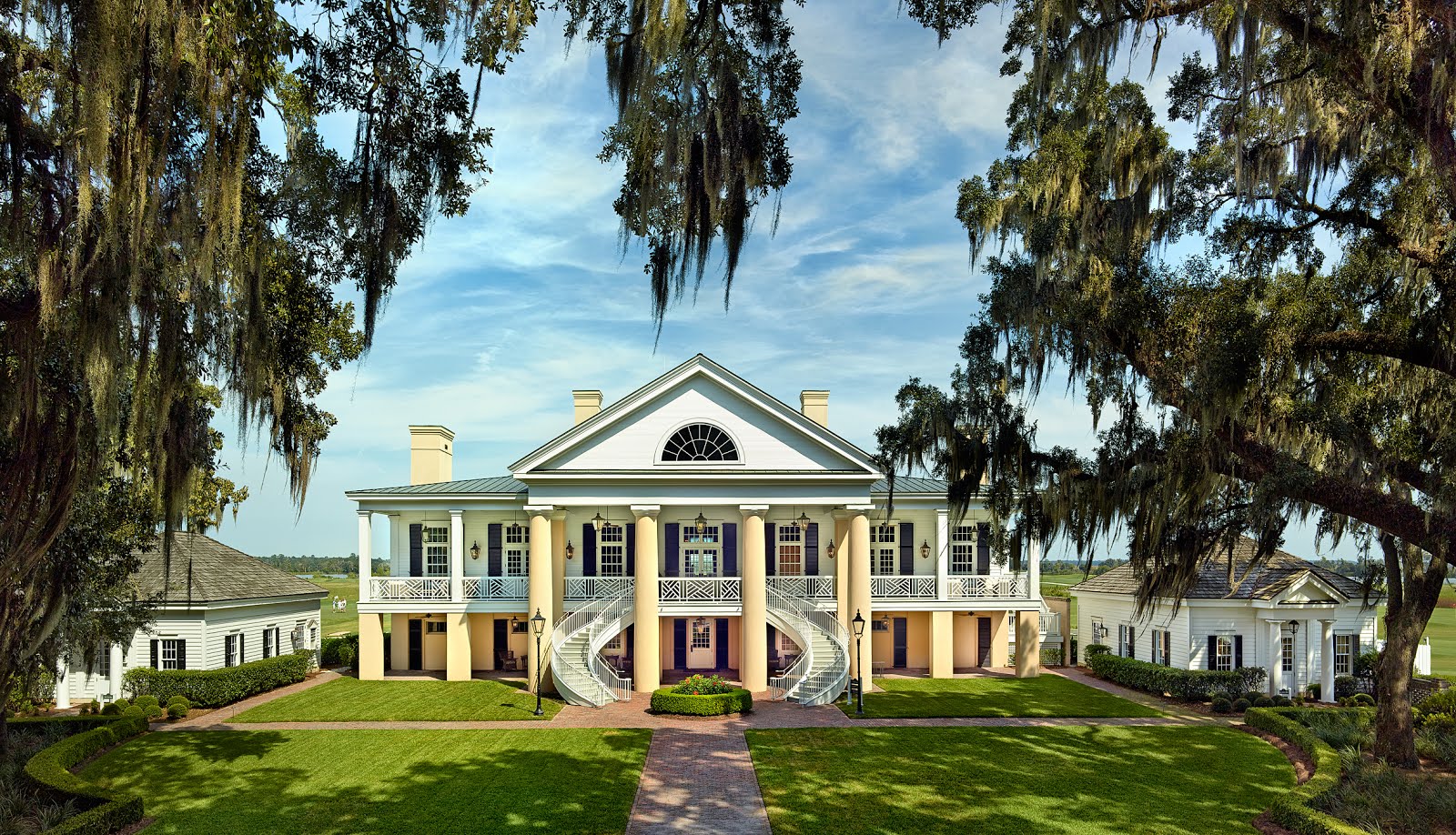On June 4
th the Golf Course Maintenance
Department began its bi-weekly verticutting process to the fairways (Figure 1).
Verticutting is the process of mowing into
the face of the turf, or “3-Dimensional” mowing of the turf, using vertically
rotating blades which are used to remove excessive thatch and grain.
This process enhances the playing surface by
encouraging vertical growth, increasing firmness, removing organic matter, and
opening the canopy to allow for more sand topdressing.
 |
| Figure 1. Steven, our intern from The University of Georgia, verticuts #18 fairway. |
Traditional mowing equipment, such as mowers used on a daily basis, cut in a horizontal direction which helps manage the top growth of the plant.
Verticutting blades operate differently by slicing down through the canopy removing lateral growth, thus causing the remaining plant to grow more erect which reduces grain (Figure 2).
 |
| Figure 2. An example of verticutting blades that are used to cut "3-Dimensionally" into the turf canopy. |
 |
| Figure 3. Results of the light fairway verticutting before the excess bio mass has been blown away and mowed. |
The amount of lateral growth removed will depend on the
depth of the blades in relation to the turf canopy. If the goal is to
remove a large amount of organic matter, the blades will be set to cut more
aggressively below the canopy in order to pull more organic matter out.
Similar to our greens verticutting, our
bi-weekly fairway program aims to verticut shallower and more frequently. This process will allow us to verticut more frequently without causing large amounts of stress on the turftgrass. This will enhance playability by increasing
firmness (due to less organic matter) and allow the golf ball to sit more on
top of the canopy. Verticutting will
also boost disease resistance of the turf by reducing the thatch content of the
turf, where many pathogens reside.



















































